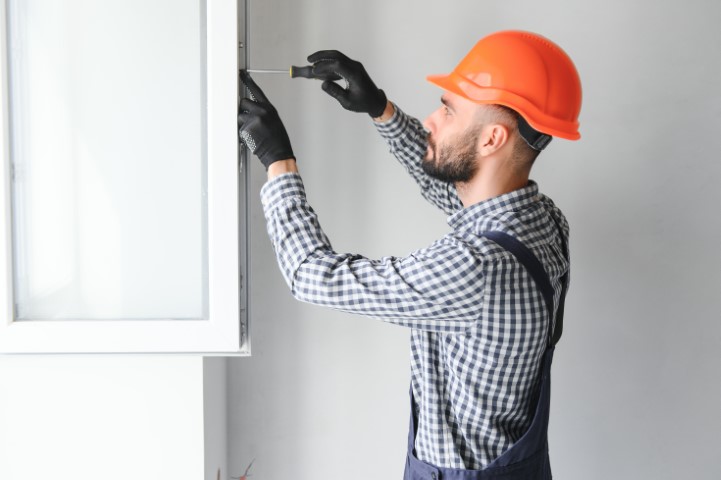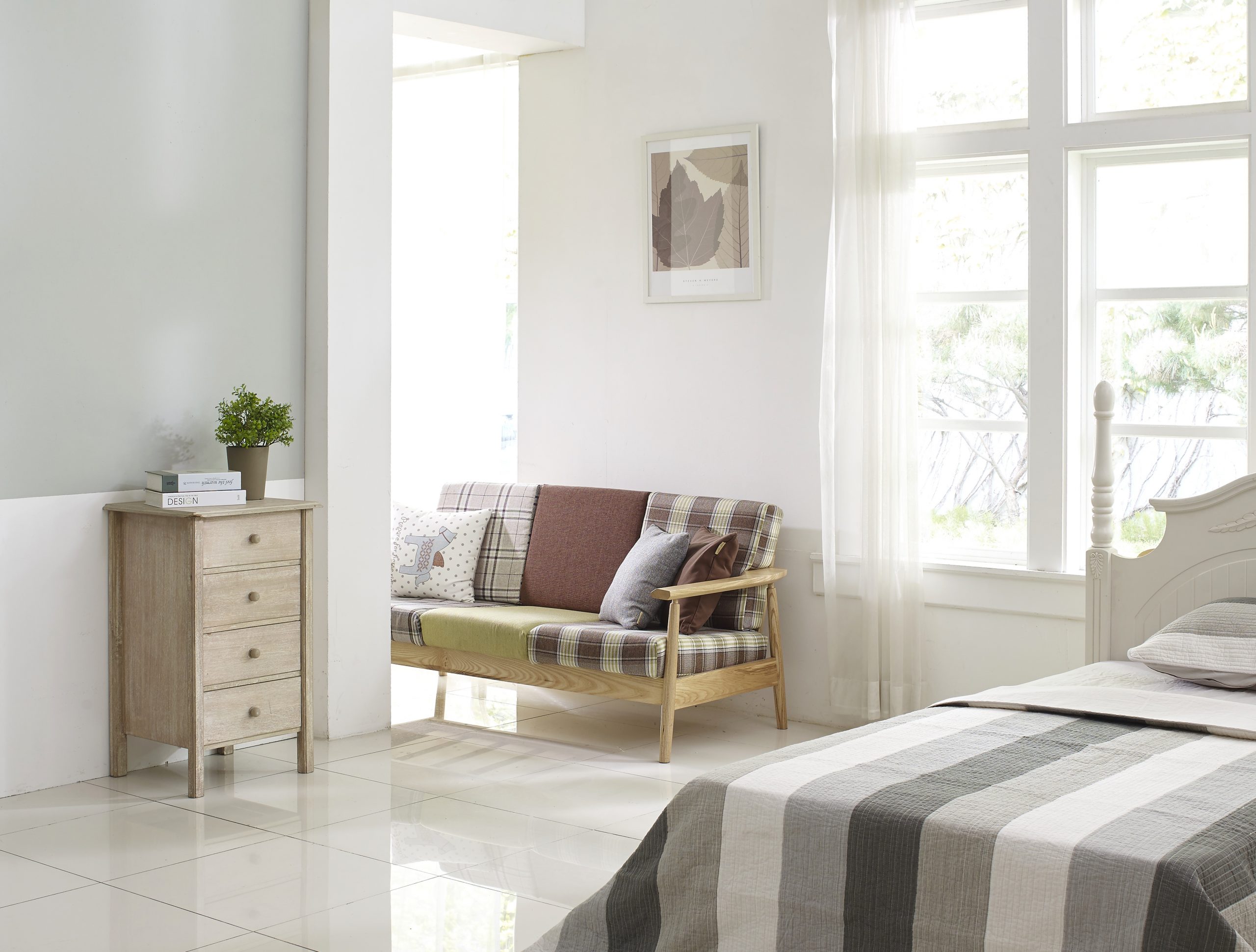In the realm of modern architecture and design, the quest for materials that blend aesthetics, durability, and environmental consciousness is ceaseless.
Enter the world of uPVC doors, a marvel of contemporary engineering that revolutionises our approach to building entrances.
What is uPVC?
Unplasticised Polyvinyl Chloride, or uPVC, may sound like a technical mouthful, but it’s the secret ingredient behind some of the most resilient, energy-efficient, and visually appealing doors gracing homes and buildings in the UK and worldwide.
In this article, we will delve into the fascinating process of creating uPVC doors, exploring how this versatile material transforms from simple raw components into sturdy, elegant doors that add both function and flair to our living spaces.
Whether you’re a homeowner seeking to upgrade your abode, an architect in search of sustainable building materials, or simply a curious mind, the story of uPVC doors is sure to intrigue and inspire, like this range of uPVC doors here.
How are UPVC doors made?
The manufacturing process of these doors is a fascinating blend of science and precision engineering, resulting in a product that is both robust and versatile.
The journey of uPVC doors begins with the formation of a resin compound.
This involves the careful selection and mixing of raw materials, including premium components like Titanium dioxide and lower levels of Calcium Carbonate, to ensure durability and UV resistance.
The use of lead-free substances in the resin mix is a nod to a healthier and more environmentally friendly approach.
Extruding and Shaping the uPVC profile
The next critical stage is the extrusion of uPVC profiles. This process requires molten mix at a specific temperature range, usually between 200-275 degrees Celsius.
The mix is cast into a die, giving the profiles their shape as they are pulled and stretched. This step is crucial in determining the structural integrity and aesthetic appeal of the final product.
Cutting the profile to size – Made to measure
After shaping, the profiles are cooled, cut into standardised shapes, and may undergo lamination for customisation.
One distinct aspect of uPVC door manufacturing is the addition of reinforced profiles. This involves the use of galvanised steel reinforcements to bolster the strength and robustness of the doors.
Finishing the uPVC door to exciting standards
In the final stages, the profiles are assembled into doors, where glass panes are installed through glazing. Hardware components like handles, hinges, and locks are then added, ensuring smooth operation and enhanced security.
Each uPVC door undergoes rigorous quality control and testing, ensuring they meet industry standards for air and water infiltration performance, structural strength, and impact resistance.
Why are uPVC doors used so much?
The widespread use of uPVC doors in residential, commercial, and industrial buildings is attributable to their excellent insulation properties, durability, low maintenance, enhanced security, and aesthetic flexibility.
These doors not only contribute to energy-efficient homes and reduced electricity bills but also offer a high level of security and an array of design options to complement various architectural styles.
uPVC doors represent a smart choice for modern construction, blending eco-friendly characteristics with advanced engineering to deliver a product that stands the test of time. Whether for a new building or a renovation project, uPVC doors offer a blend of performance, aesthetics, and sustainability that is hard to match.
Discover more from Futurist Architecture
Subscribe to get the latest posts sent to your email.




